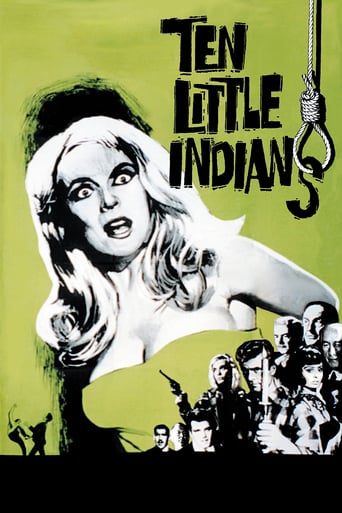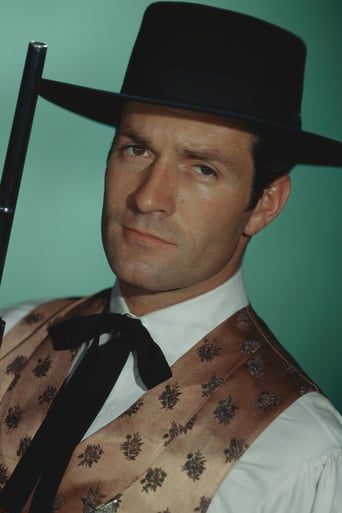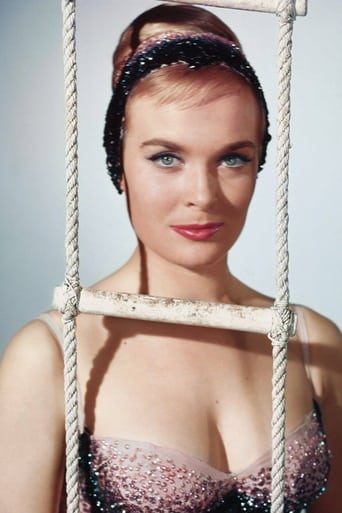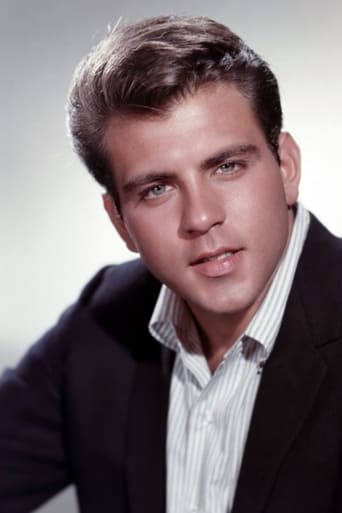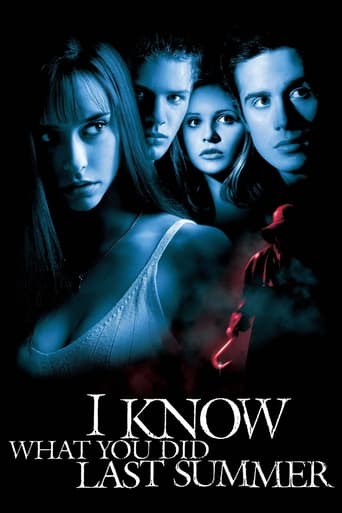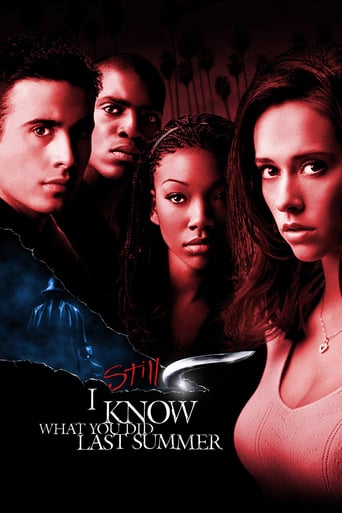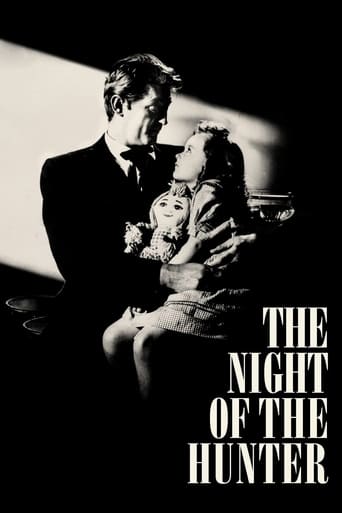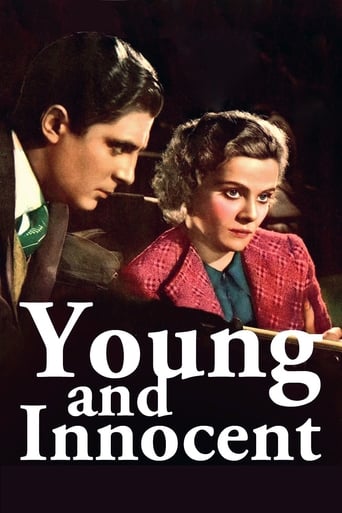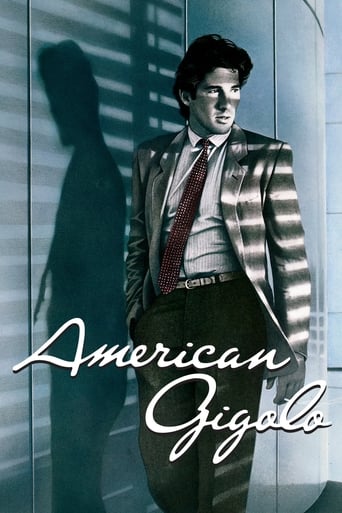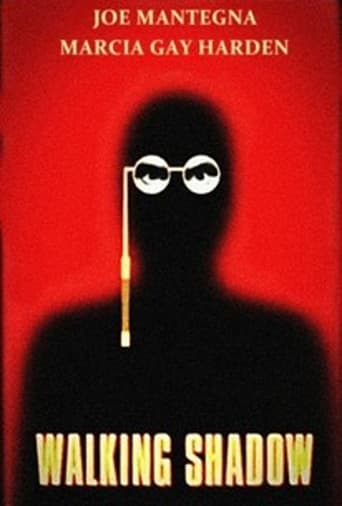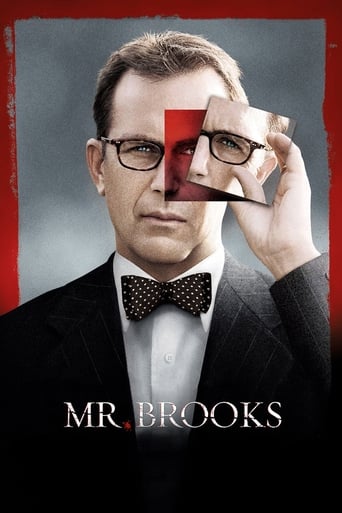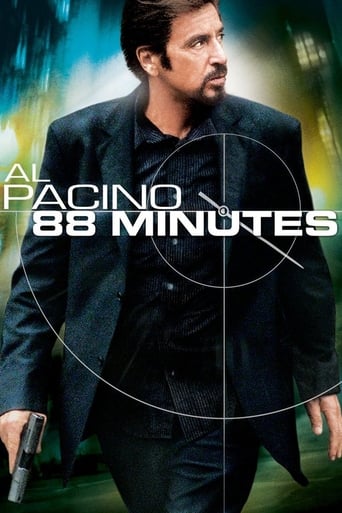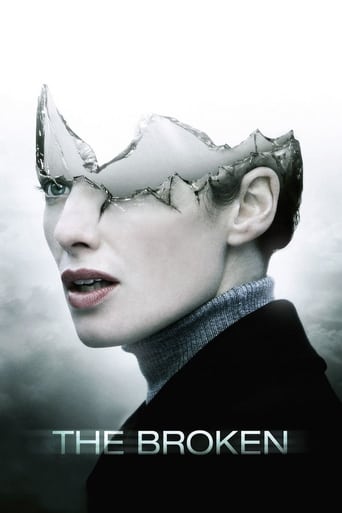Ten Little Indians (1965)
Ten strangers are invited as weekend guests to a remote mountain mansion. When the host doesn't show up, the guests start dying, one by one, in uniquely macabre Agatha Christie-style. It is based on Christie's best-selling novel with 100 million sales to date, making it the world's best-selling mystery ever, and one of the most-printed books of all time.
Watch Trailer
Free Trial Channels
Cast


Similar titles
Reviews
Some things I liked some I did not.
It is a performances centric movie
Good , But It Is Overrated By Some
n my opinion it was a great movie with some interesting elements, even though having some plot holes and the ending probably was just too messy and crammed together, but still fun to watch and not your casual movie that is similar to all other ones.
Yours truly is currently so stuck in an Agatha Christie obsession phase that I would read and watch everything that has her name attached to it, even if it is – like "Ten Little Indians" - a redundant and inferior version of the same story I read and watched many times already. After all, let's be honest, the 1945 version "And Then There Were None" is the only true and fantastic film interpretation of Christie's wondrous 1939 novella, and all the other existing versions are mediocre and remotely entertaining at best. This British production, released in 1965 and still in black and white, is somewhat comparable to the 1974 version directed by Peter Collinson and the 1989 version directed by Alan Birkinshaw. This one is slightly better in terms of atmosphere and tension building, whereas the other two have far more appealing names in their ensemble casts. The opening sequences are quite promising, as ten people – strangers to each other – travel to the top of a snowy Alp mountain together in an aerial tramway and stare at each other without making conversation. Once inside the isolated mountaintop mansion, they discover that they were all invited by a certain Mr. U.N. Owen but that nobody has, in fact, met this mysterious individual in real life; including his cute secretary Ann Clyde or the house staff Mr. and Mrs. Grohmann. Later that first night, a recording suddenly starts playing (keep your ears open for the moody voice of the almighty Christopher Lee) and the physically absent host accuses every single one of his guests of having committed a foul murder for which he or she wasn't righteously punished. Moments later, the first guest dies from poisoning and the rest of them slowly begin to realize they might be next. You'd wonder how it's possible considering the source material, but strangely enough "Ten Little Indians" is often far too slow-paced and balancing on the verge of boredom. All the gimmicks are still there, like for example the little Indian statues that keep decreasing in numbers after each murder and the frequent repeating of the gloomy nursery rhyme, but they come across as less menacing and unsettling than in the forties' version. George Pollock's direction is nonchalant and unsteady, which is weird because he previously already did several Miss Marple adaptations ("Murder, She Said", "Murder at the Gallop", ), so he should be an expert in bringing Agatha Christie's magic to life. The cast isn't the least bit impressive and most of them give away very wooden performances. The film doesn't feature any truly great names, but still all the cast members have long-running and respectable careers, so I honestly expected more. Unquestionably the most remarkable moment in "Ten Little Indians" is the so-called whodunit-break. All of a sudden, when approaching the climax, a timer appears on screen and a voice- over explains that the audience receives one minute to determine who the killer is. I felt like I was watching a film of William Castle, who made his trademark out of seeking interaction with the audience and general foolishness like this. The silly whodunit-break doesn't damage the film too much, but it certainly also doesn't help to make it more unique or even memorable.
The 1965 film version of "Ten Little Indians" is incredibly entertaining. Despite not sticking to Agatha Christie's original novel, it is a product of its time: the characters, style, setting, script, and general feel of the whole movie is very 1960s. Like the 1945 film, it takes a more light-hearted approach to the story, which despite stretching the credibility of the story, makes for highly entertaining watching.The moving of the action from Indian Island to a beautiful mansion in the Swiss Alps is not such a silly idea as some people make it out to be; the Alps are incredibly attractive and appealing, and the characters actually fit into the setting. The casting is strong, and there is a good blend of youth and experience. Hugh O'Brian's Lombard is dashing but can appear aggressive, and he gives the impression of being a 'special guest star'. Shirley Eaton plays Ann Clyde with poise and level-headedness, but in this respect she is playing a very different character to the one Christie created! Fabian is very funny as Mike Raven, a spoilt, arrogant playboy. British screen veterans Leo Genn, Stanley Holloway, Dennis Price, and Wilfrid Hyde-White give the film a very British feel, however, Genn and Holloway seem a little restricted in their characters. Price is believable as an arrogant surgeon who believes himself to be cleverer than anyone else there. Hyde-White shines as Judge Cannon, with a retiring 'old and wise one' characteristic. Daliah Lavi overacts a bit as Ilona Bergen, the film's biggest step away from its source material, but she is very beautiful and well cast as a femme fatale movie star. As the servant couple, Mario Adorf and Marianne Hoppe are quite humorous in their stereotypical husband-and-wife arguments in the kitchen.To fit the attitude of the 60s, quite a few changes were made: the omission of sinister old woman Miss Emily Brent and the replacement of her with glamorous Ilona Bergen; and the alterations to some of the murders, including a cable car calamity, a rather spooky stabbing scene, and someone being pushed down the mountainside. The chemistry between the actors is fantastic - Dennis Price and Wilfrid Hyde-White work well together as the judge and the doctor, as do Leo Genn and Daliah Lavi, two characters who have an unexplained history together. However, the strongest pairing is that of Hugh O'Brian and Shirley Eaton, who seem perfectly matched and it is simple to imagine them running off and getting married once the story finishes.Overall, this film is very different to Christie's original novel, but it is entertaining and intriguing as a film in its own right. It certainly betters the subsequent 1974 and 1989 films.
And Then There Were None is and has been since I was 12 one of my favourite books of all time. If there is a contender for Agatha Christie's- of whose books I'm a fan of- best book, And Then There Were None would definitely be more than worthy. When you love a book as imaginative, suspenseful, beautifully characterised and sometimes scary(Emily Brent's death for instance) as And Then There Were None, no matter how you try to judge a film on its own terms, you do hope that the book is done justice to.In terms of film adaptations though, it's been a very mixed bag. The 1945 film for me is by far the best, witty, suspenseful, splendidly cast(Barry Fitzgerald, Walter Huston and Judith Anderson being the standouts) and faithful to the book's spirit in general. The 1974 film is heavily flawed, namely that it does get turgid and illogical in places and Charles Aznavour is awful but it looks wonderful, has a good score, has the extra bonus of having Orson Welles as the voice of Mr Owen and has good performances from Richard Attenborough, Herbert Lom and Oliver Reed make it a film better than its reputation.Strictly speaking, it's the 1989 version that is really quite poor, with only the locations, the lions and the performances of Donald Pleasance, Sarah Maur Thorp and Herbert Lom working somewhat. I found myself very impressed generally by this version, it's second only to the 1945 film and easily the best of the remakes.The film is not perfect however. Although it is in this version where the perpetrator is the most malevolent, the ending- changed from the I think unfilmable ending of the book(someone also raised the point that Vera Claythorne's death is too much by chance in the book and I can definitely see where they're coming from)- seemed dramatically under-baked for me. The music score is too jazzy and I think lightweight, jarring with the film's tone and diluting the suspense and claustrophobia. The Ten Little Indians song is good however, though I prefer the ominously Roccoco style of the one in the 1945 adaptation.Daliah Lavi and especially Fabian give the only two performances that I'd consider bad, in Fabian's case embarrassingly bad. Lavi is a little better than Brenda Vaccarro in the 1989 film, but she like Vaccarro does very little with a character that wasn't as written as well as she could've been and the melodrama(and there is a lot considering the profession her role has) is so overcooked that it becomes painful to watch and listen to. Fabian makes an obnoxious character even more so(what the remakes have in common actually is how annoyingly the role is written and performed actually), so much so you want him dead fast.On the other side of things, this version has beautiful locations, not as claustrophobic-looking as the 1945 film but for me it didn't have the sense that it was going to present any kind of logic problems like the later versions did. The photography compliments it very well, and the same goes for George Pollock's quite studied but professional direction that does little to spoil the tension. The murders are both inventive and at times eerie, while the script is literate with a touch of drollness, the characters generally maintain interest and don't have back stories and such that feel too underdeveloped or distorted(something that the 1989 version did to truly bad effect) and the story had me gripped, and while the identity didn't come as a surprise to me as I know the story so well it is easy to see why others would feel that, when I read the book was exactly that of complete surprise.Lavi and Fabian aside, I thought the cast were very good. Taking top honours has to go to Wilfred Hyde-White, whose Judge- one of the book's most interesting characters to me and well-performed in all four versions- is incisive and quick-witted, quite possibly one of his best performances. Dennis Price's Armstrong, almost as good as Walter Huston, is an ideal match, smart, intelligent and playful(only the 1989 film has this role played badly), while Leo Genn in a commanding and touching performance is this close to topping Herbert Lom in the 1989 film(the only asset of that that is the best of anything to do with this story and its adaptations) as the General and Stanley Holloway who is very authoritative with touches of humour is the best of the actors playing Blore.Hugh O'Brian and Shirley Eaton have been much criticised for being wooden. I actually didn't have a problem with them and found them quite appealing. O'Brian is handsome and smooth and Eaton smolders on screen and at least shows a sense of her character's predicaments. We even have the luxury of having an unbilled Christopher Lee as the voice of Mr Owen. Like Orson Welles-largely responsible for why the scene in the 1974 version in question was done so well, possibly the best done of the versions- his distinctive voice is not what you call inhuman, but there is a dignified and menacing quality to it that is enough to evoke some chills at least. The butler character is also the most interesting in this version.Overall, while flawed I liked it very much and consider it the second best version of a literary masterpiece. 8/10 Bethany Cox
TEN LITTLE INDIANS benefits from making good use of the original Agatha Christie story while making changes that don't detract from one's enjoyment of the puzzling mystery. And the fact that it includes some highly enjoyable performances from WILFRID HYDE-WHITE, DENNIS PRICE and STANLEY HOLLOWAY makes it worth watching for the cast alone.Others in the cast are less noteworthy, including HUGH O'BRIAN in the romantic lead and SHIRLEY EATON, who are somewhat less convincing as the hardiest survivors of a plan to do away with ten people at an isolated mansion where they have gathered for a dinner party.LEO GENN and MARIO ADORF are also well used as unfortunate victims of a wealthy man's determination to get rid of his household guests by murdering them one by one. Since this version concentrates more on the mysterious circumstances of each guest and omits a rampant use of comic touches that filled the Rene Clair version (AND THEN THERE WERE NONE--1945), it stays an absorbing who-dun-it until the final scene.Crisply photographed with some stunning B&W photography of exteriors and interiors, it somehow is not quite as entertaining as the original version starring Louis Hayward and June Duprez with memorable performances from a cast that included Judith Anderson, Walter Huston and Barry Fitzgerald.None of the performances here are memorable, but most of them hit the mark. Mario Adorf makes an interesting butler, his gloomy personality a stark difference to the sort of butler Richard Haydn played in the original. And changing the locale of the story to a mountainous retreat in the dead of winter doesn't affect the story in negative way at all.Summing up: Good, but still not as effective overall as the 1945 version.

